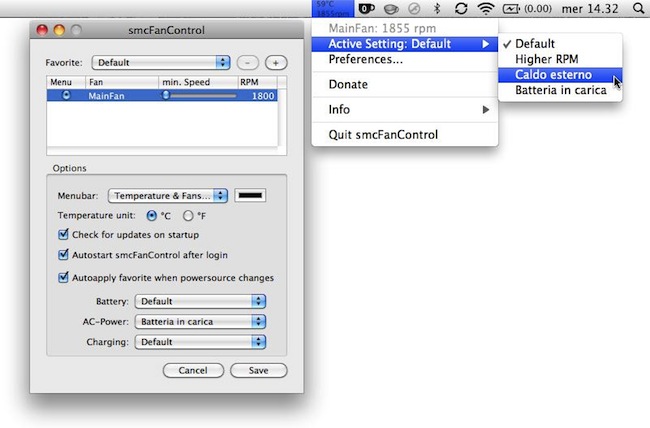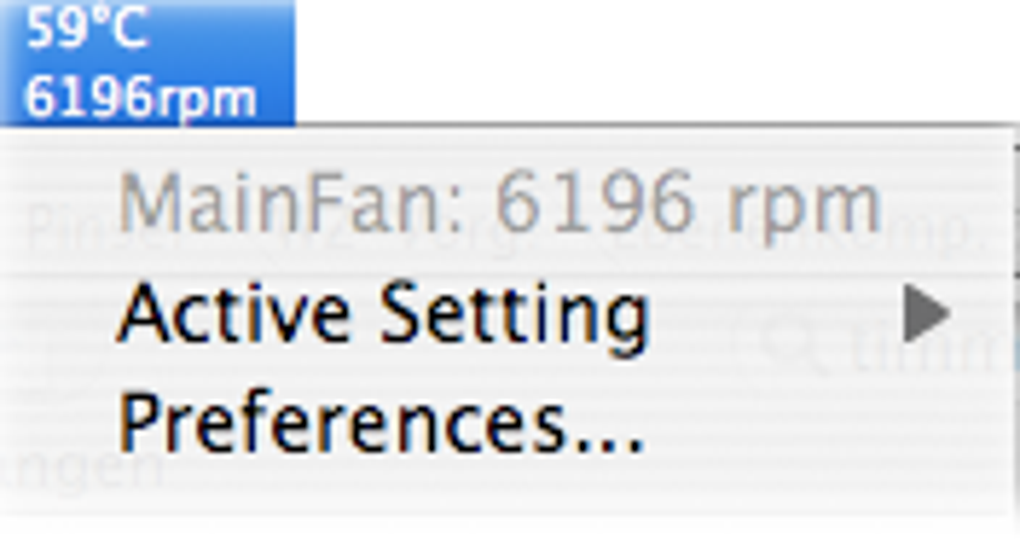

Shut down your Mac, then unplug the power cable.If you have an iMac, a Mac Mini, or a Mac Pro, resetting the SMC is dead simple: Press and hold the power button for five seconds, then re-connect both the battery and the power.If you have an older MacBook with a removable battery, the keyboard shortcut outlined above will not work. Resetting SMC on an Older Mac Laptop With Removable Batteries Plug the power cable back in, then turn on your Mac.

Keep all four buttons pressed down for ten seconds, then let go. Hold the left Shift+Control+Option keys down, then press and hold the power button down.Unplug the power, then shut down your Mac.If you have a MacBook without a removable battery, you can reset the SMC by turning on your computer while holding a specific keyboard shortcut. Update: If you have a newer Mac with an Apple T2 Security Chip (found in many Macs released in 2018 or later), you’ll need to use a slightly different process to reset your Mac’s SMC. Resetting the SMC on a Mac Laptop Without Removable Batteries

But resetting the SMC works differently depending on whether you have one, so determine that before proceeding. Like we said: it’s been a long time since Apple laptops had removable batteries.
#Smc fan control mac 2.4 pro
Every MacBook Pro made after late 2009.
#Smc fan control mac 2.4 crack
If, however, you can see a crack outlining a rectangular section, and there’s some mechanism for opening something nearby, you’ve got a removable battery.Īccording to Apple, the following models do not offer a removable battery. If you see a single piece of metal, with no slider for removing the battery, your battery is not considered removable for the sake of this tutorial. It’s easy to determine whether your MacBook has a removable battery: just look at the bottom. Resetting the SMC works slightly differently on older MacBooks, which offered removable batteries. If your Mac runs slowly even when Activity Monitor doesn’t show a lot of CPU usage, and you’ve tried a number of other steps, resetting the SMC might help. But problems with the SMC can also occasionally affect system performance. If any of these functions are behaving oddly, resetting the SMC could solve it.

#Smc fan control mac 2.4 windows
Speed fan controller and temp monitoring for MacBook Pro Unibody (Nvidia) for Windows under BootCamp. Some functionality of your Mac works regardless of whether it’s turned on. Mac/SMC Fan Control for Windows (+ Temp) - Allows control of fans in Apple computers in Windows and monitoring of temperatures. Current Macs properly manage temperature and fans. Mac desktops, meanwhile, basically just need to be unplugged. Any Mac laptop made since 2009 doesn’t have a removable battery, meaning you’ll need a keyboard shortcut to get the job done. Reinstall the iTunes.The exact method for doing this varies depending on your Mac.Delete any iTunes and MobileDevice related pkgs from /Library/Receipts.Delete from /System/Library/LaunchDaemons.Delete amework, amework and amework and amework from /System/Library/PrivateFrameworks.Delete AppleMobileDevice.kext and AppleUSBEthernetHost.kext from /System/Library.It seems that the iPhone SDK for Snow Leopard (downloadable at /iphone and released in June 2009) installs outdated MobileDevice Extensions that are incompabile with the final release of OS X 10.6 I ran into a pesky problem after I installed the iPhone SDK (before that I installed XCode 3.2 from the Installer DVD) under Snow Leopard: My iPhone/iPod Touch was neither detected by Xcode nor by iTunes anymore.


 0 kommentar(er)
0 kommentar(er)
